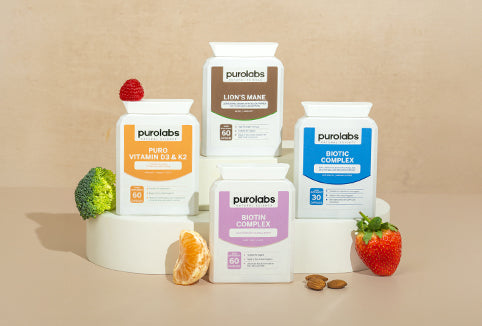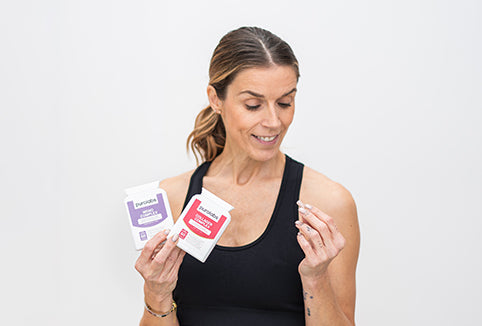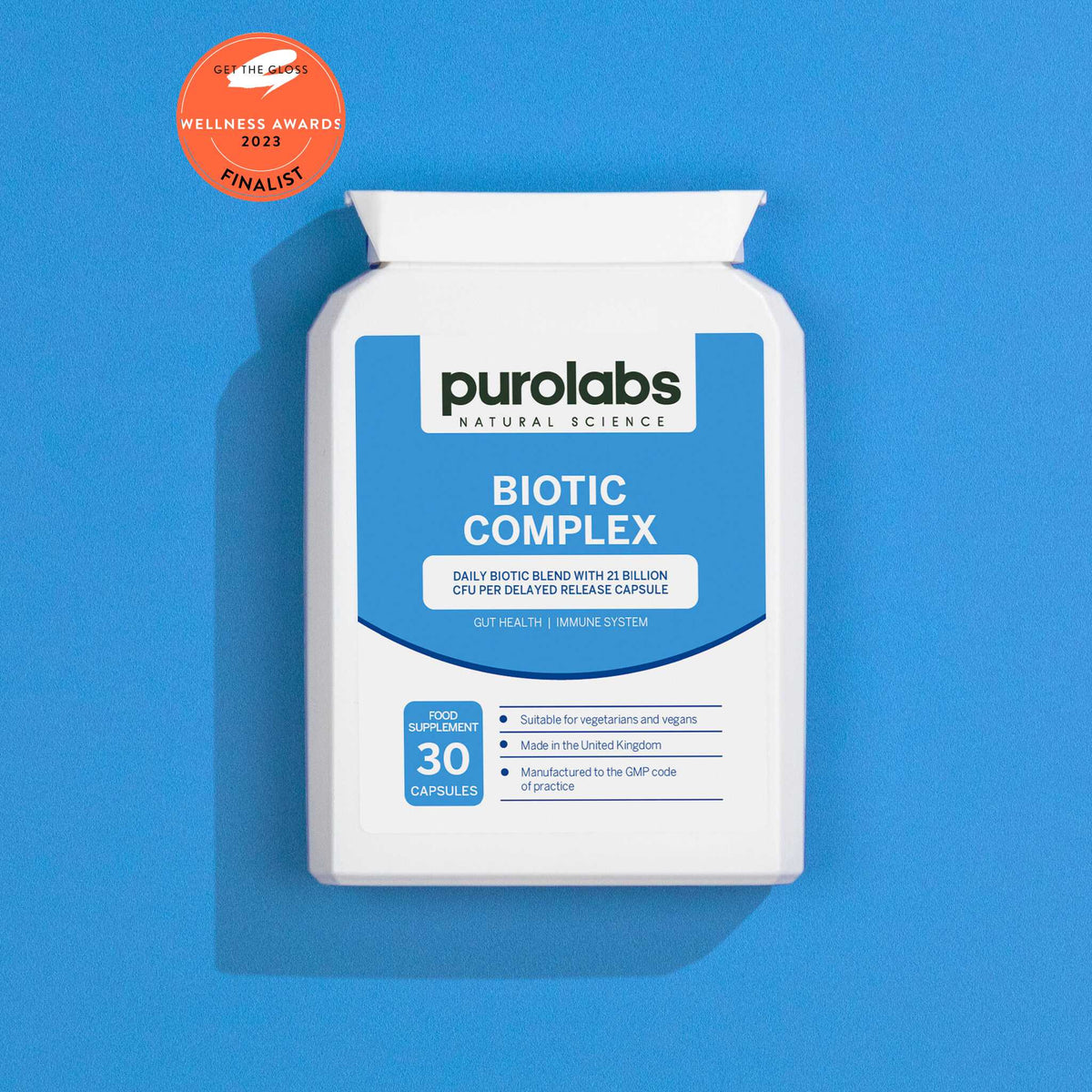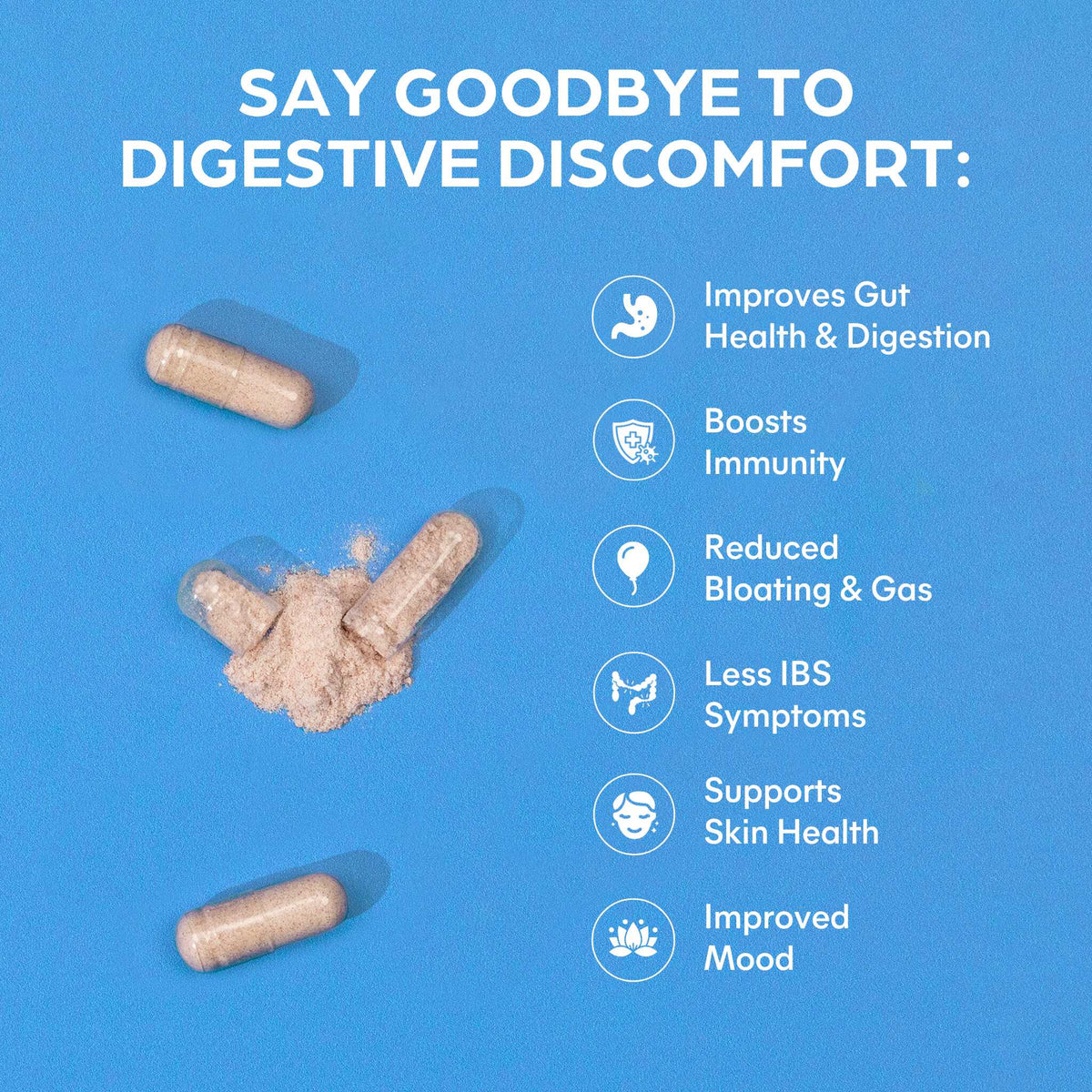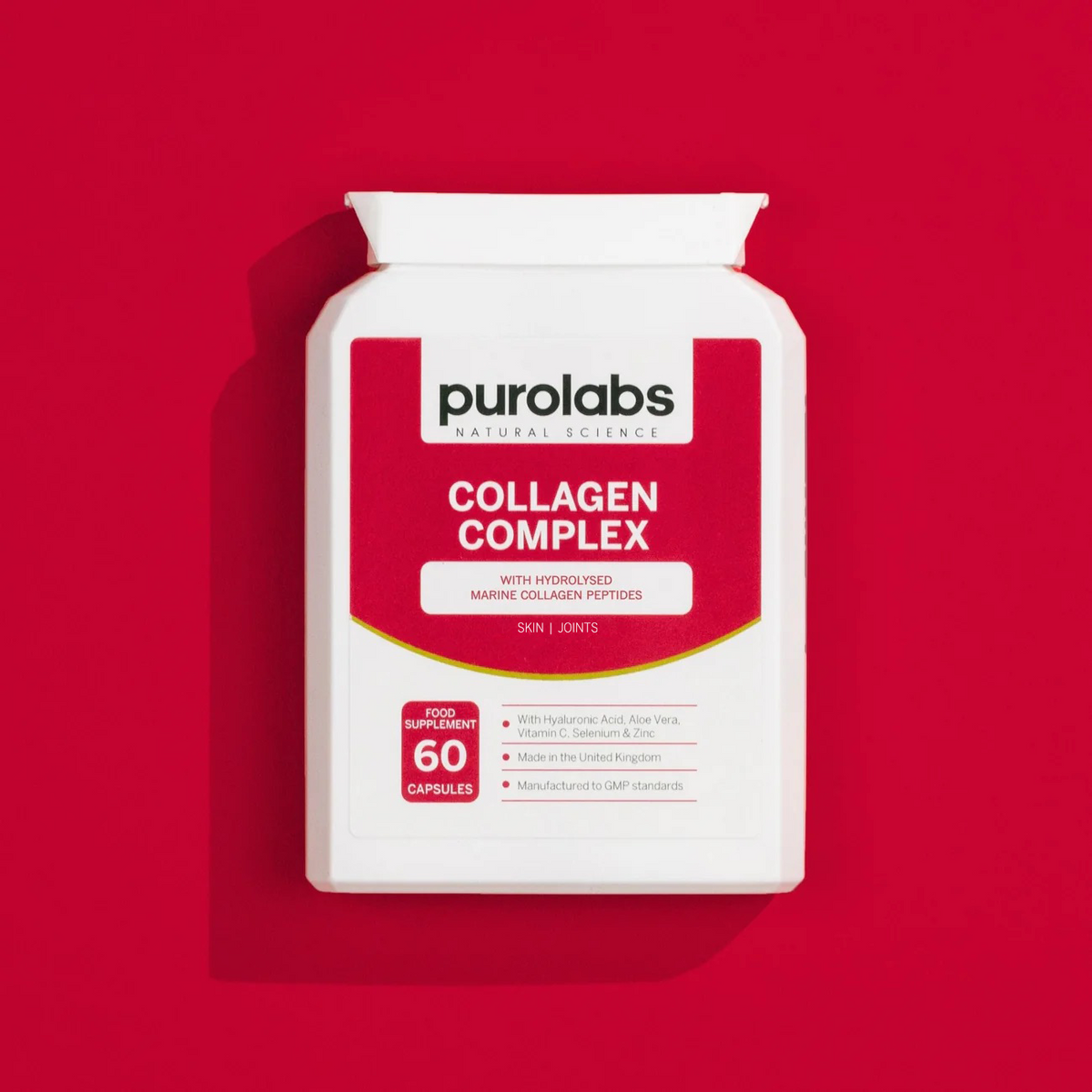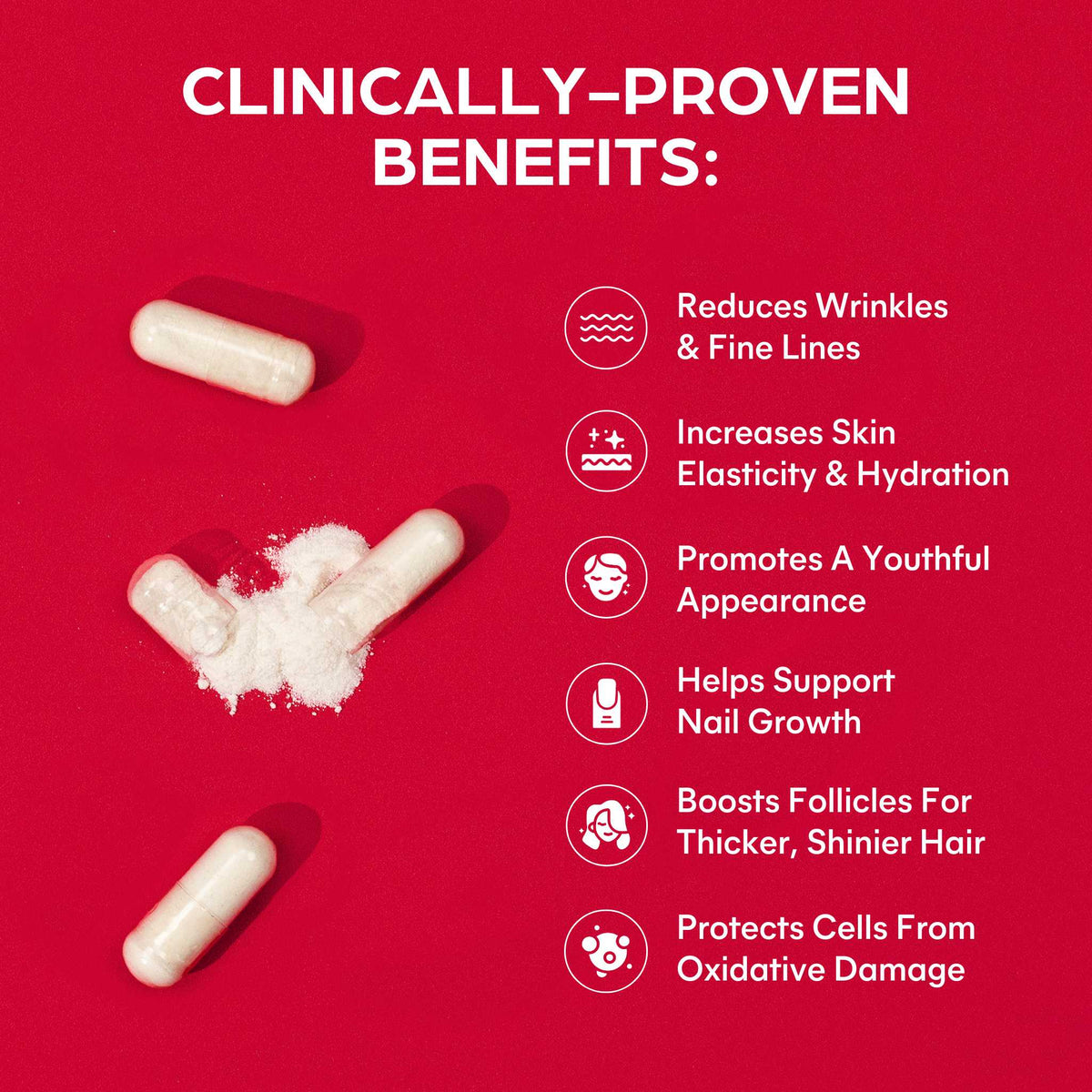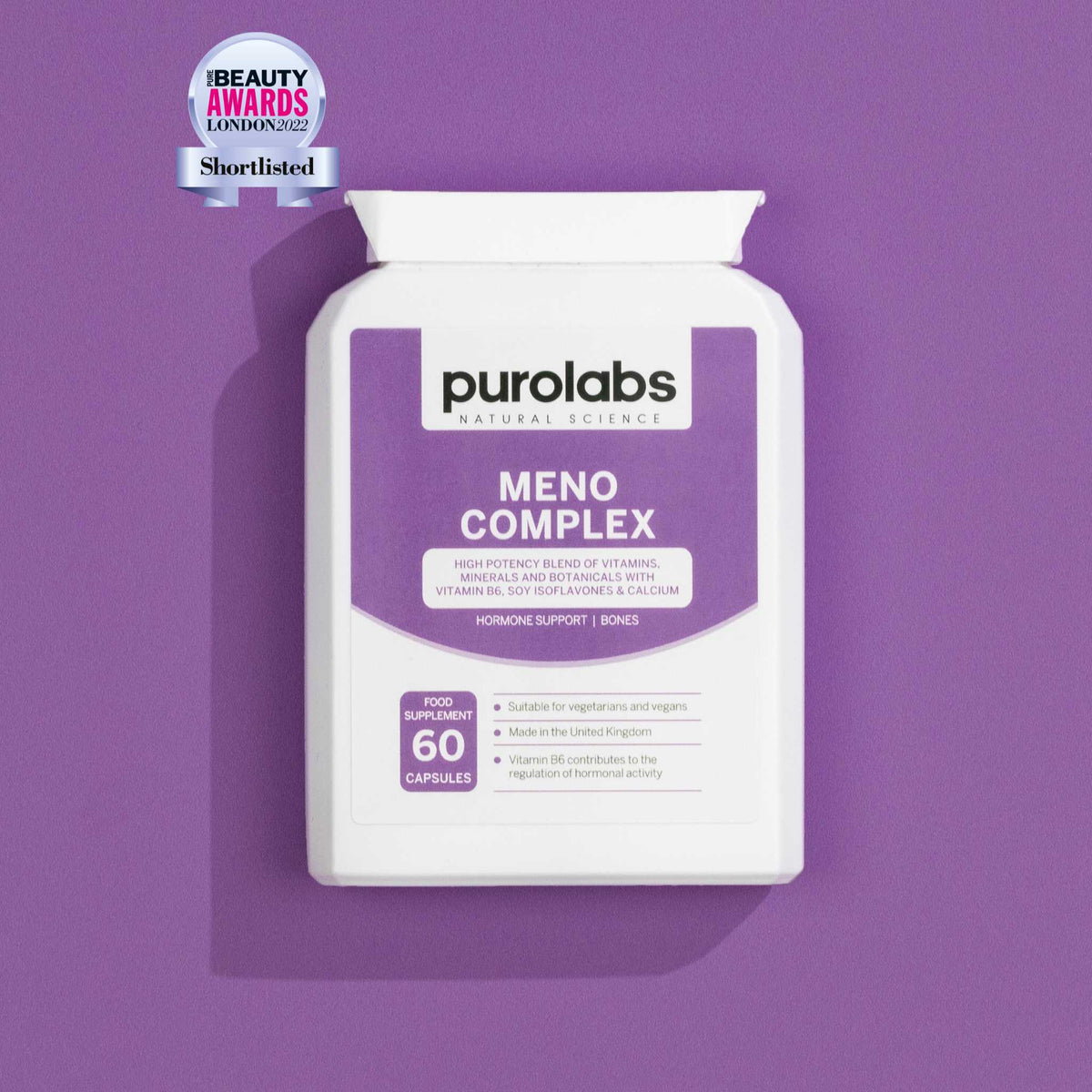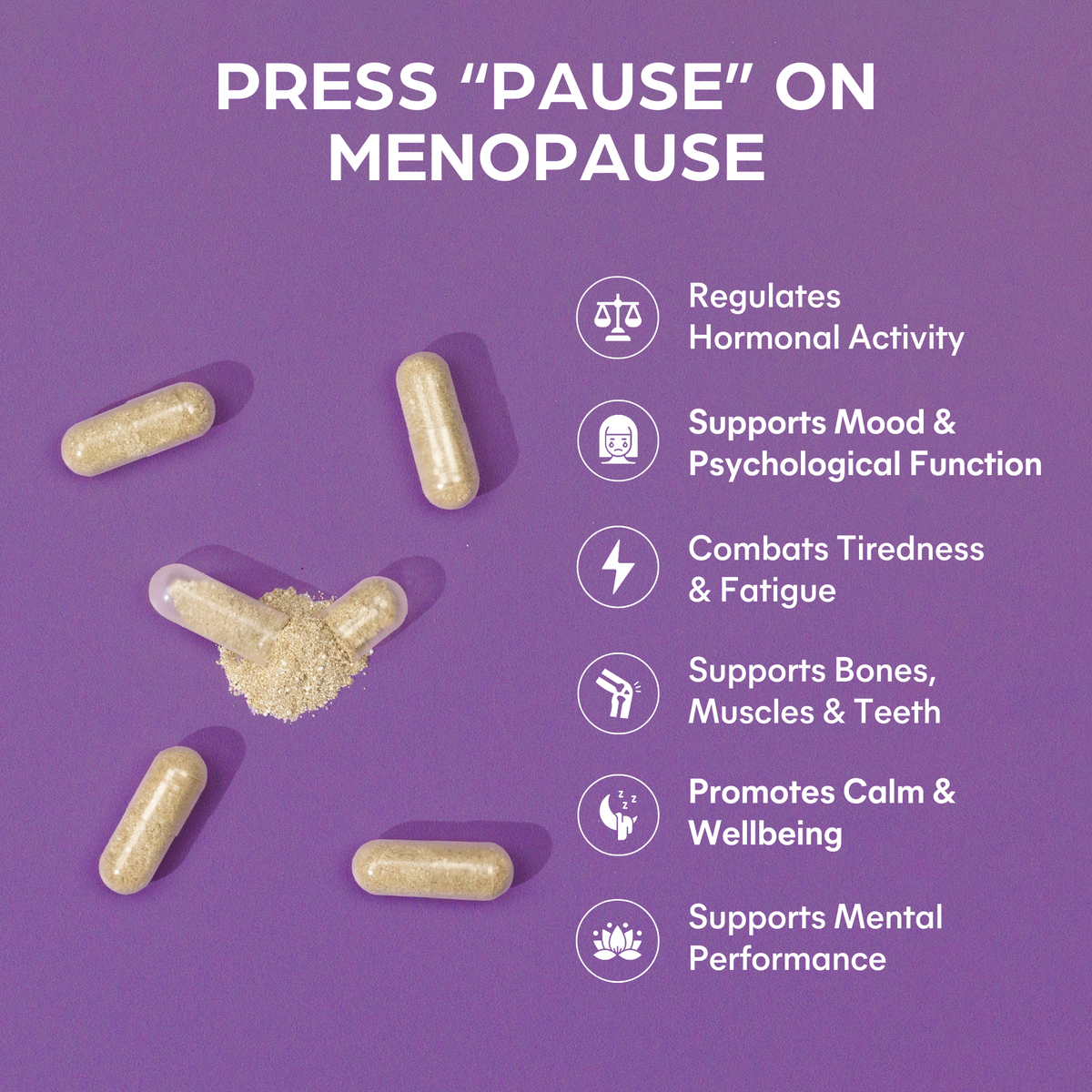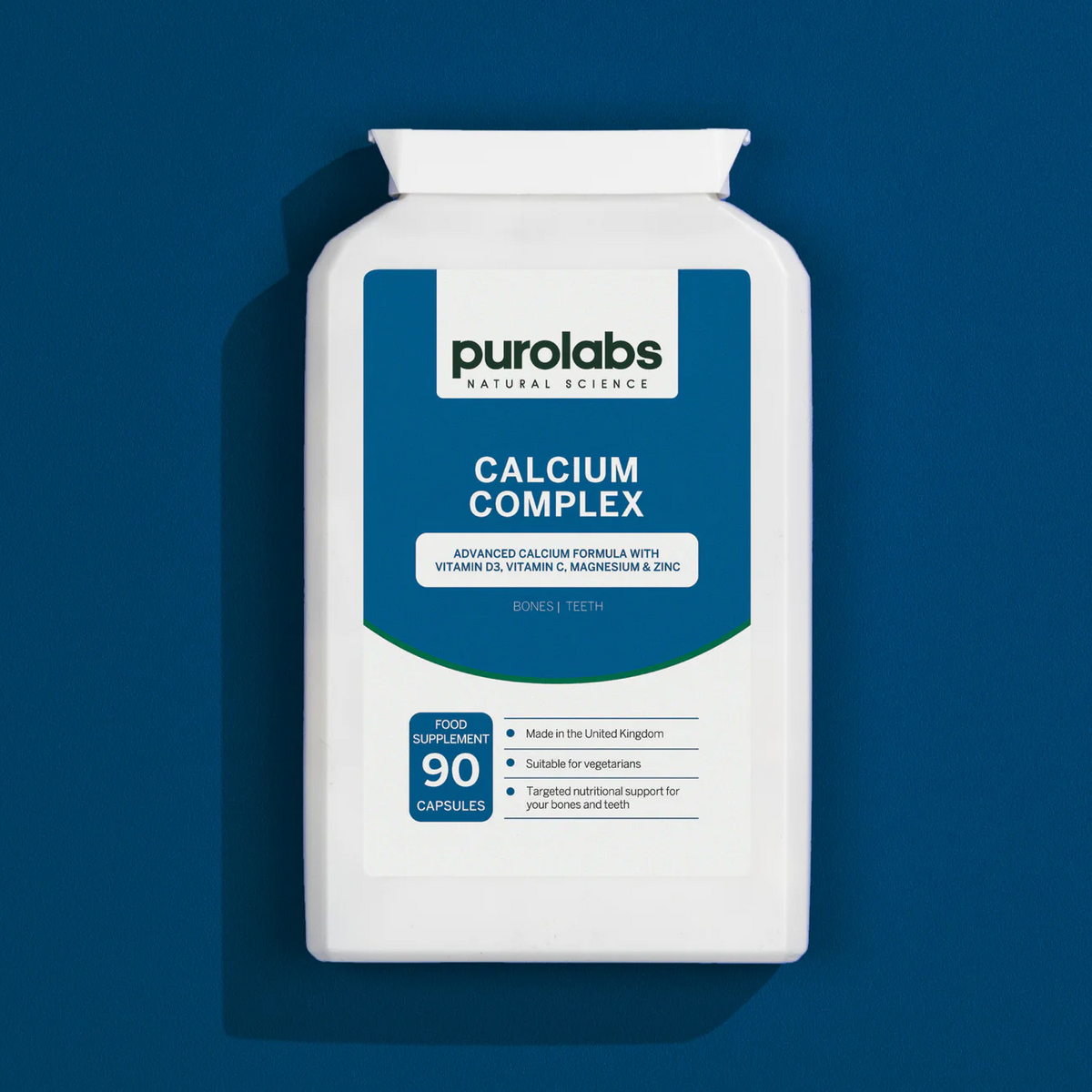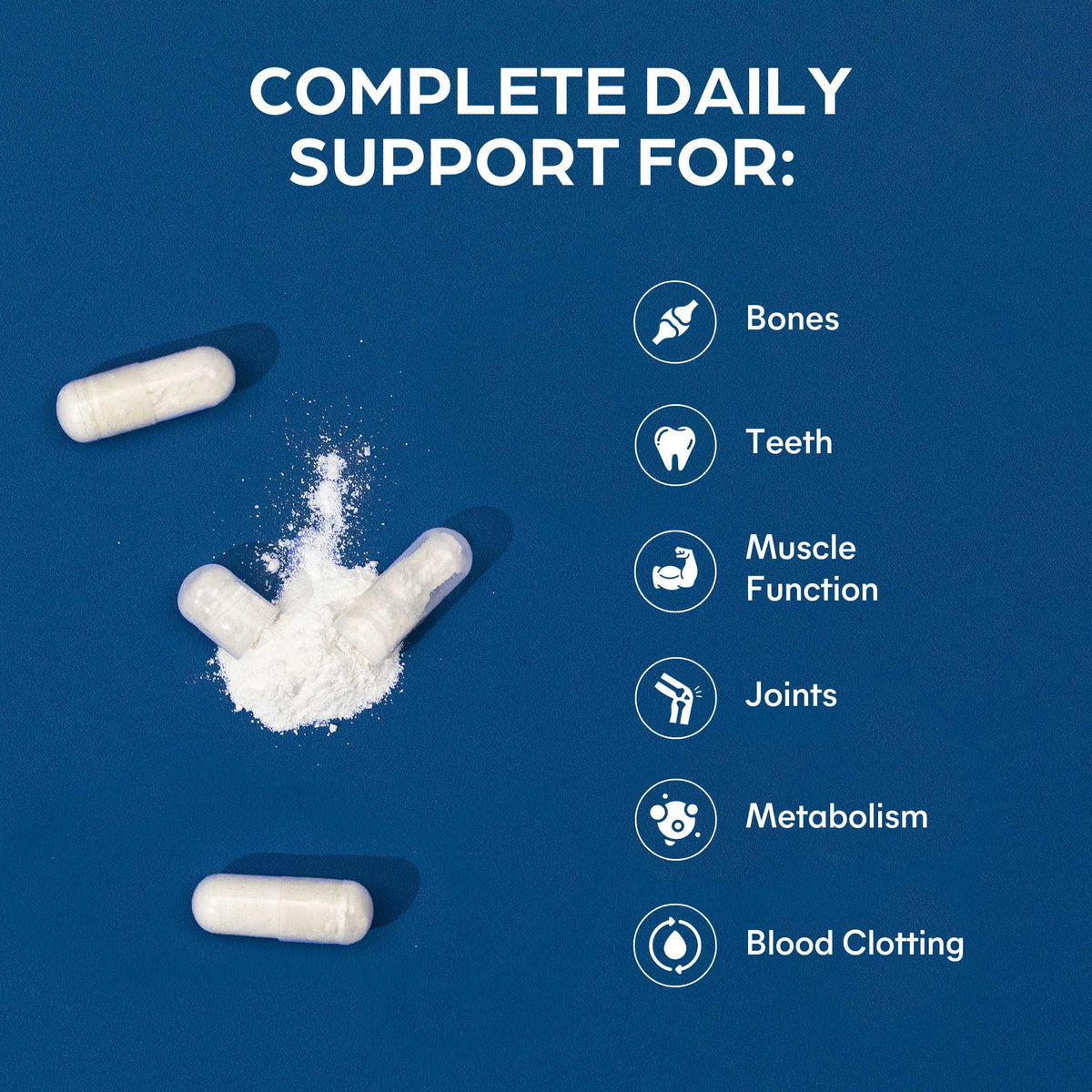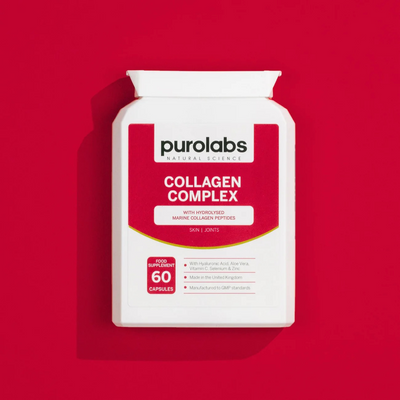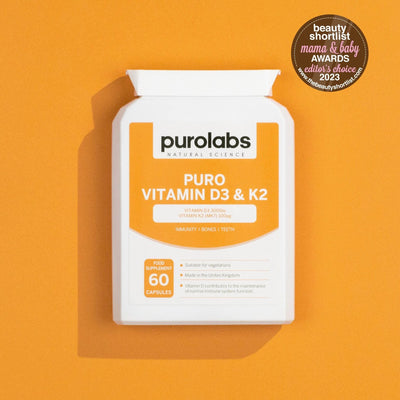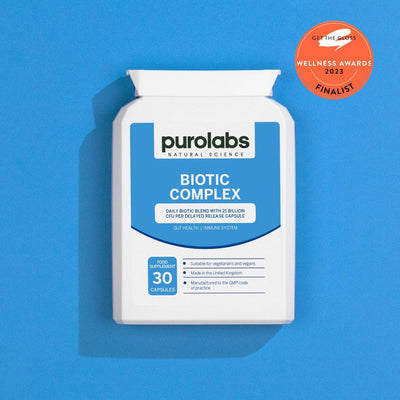In this article, we are going to discuss a nutrient that doesn’t get enough credit. Vitamin E is a powerful fat-soluble antioxidant nutrient that has been widely researched for its many benefits on human health.
What is vitamin E?
The eight naturally occurring forms of this nutrient are: alpha, beta, gamma and delta classes of tocopherol and tocotrienol, which are synthesised from plant sources1. Alpha and gamma-tocopherols are the two most popular sources of vitamin E, widely used in skincare and supplementation.
Vitamin E was discovered in 1922 by American scientists Herbert McLean Evans & Katherine Scott Bishop. By the 1930s the biological benefits of alpha-tocopherol (the most bioavailable form of this nutrient) were unearthed and by the 1940s the scientific community announced that Vitamin E is, as we know today a free-radical busting antioxidant2.
The recommended daily intake of Vitamin E is 4mg a day for men and 3mg a day for women3. Whilst vitamin E toxicity isn’t a common occurrence, it is a fat-soluble nutrient meaning that any excess we ingest is stored in the liver to be used at a later date. It is therefore recommended not to exceed the daily limit of 540mg4.
Health Benefits of Vitamin E
Simply put, the benefits of vitamin E all stem from its incredible capacity as an inflammatory fighting antioxidant. Antioxidants quite literally support the human body, from head to toe and help to support vitality and optimal health.
The cardiovascular system requires a healthy dose of antioxidants for the heart to function and for our veins and arteries to be low in inflammatory compounds, affecting structure and blood flow. Vitamin E has been shown to aid in cholesterol metabolism, oxidative stress reduction and potentially helps to reduce the risk of atherosclerotic plaques5.
Vitamin E is most widely used as a key ingredient in skin and nail care. The nutrient acts as a humectant and emollient, drawing and keeping moisture within the skin barrier which is great for anti-ageing and inflammatory skin conditions. It has even been shown to help improve conditions like eczema and psoriasis.
Vitamin E has even been touted as a natural SPF. Although molecules belonging to the alpha-tocopherol family can absorb UVB light, the sun protective activities of this nutrient cannot absorb UVA light, which is linked to premature skin ageing and skin cancer6. Further studies would need to be carried out to validate its sun protective role.
Menstrual pain may also be relieved with vitamin E supplementation. A 2021 study showed that Vitamin E & C supplementation, which was taken over eight weeks reduced pelvic pain and dysmenorrhea in women with endometriosis7. Whilst more research would need to be carried out on the hormonal balancing effects of vitamin E supplementation, the studies are promising!
Vitamin E may improve lung function in asthmatic patients. Whilst the research is mixed, a study found there to be a positive association with dietary vitamin E intake and lung function8. Vitamin E may even help to reduce lung cancer risk in males with a history of smoking. The main links again are supported by the nutrient’s wonderful antioxidant activities on many tissues in the human body.
Vitamin E has also been shown to be a potent immune boosting nutrient. It has been shown to help protect cells from oxidative free damage and supports T cell health, which we need to fight infections. Vitamin E also plays a pivotal role in cell signalling and gene expression, which are required to support a healthy thriving immune system.
The nutrient contains mild anticoagulant effects. Vitamin K, which contains blood thinning properties, competes with vitamin E for absorption. Vitamin K is an important vitamin which is required for bone health. It helps in the production of osteocalcin, a protein which helps to build and strengthen bone. This nutrient also aids with calcium absorption, shifting it from the bloodstream into the tissues.
It is thought that high dose vitamin E can help to suppress the vitamin K-dependant clotting factors, leading to less blood clots.
If you are taking a blood thinner like warfarin which is a common anticoagulant or you have a bleeding disorder, do be careful as this can interfere with vitamin E.
Vitamin E & Health Conditions
The research shows that vitamin E could potentially be a key nutrient for certain health conditions. It is vital to outline that if you do have any of the health conditions mentioned, to consult with your health care provider before taking supplementation.
The literature supports vitamin E as a beneficial nutrient for cystic fibrosis. Those who have the condition are at an increased risk of deficiency of fat-soluble nutrients. That including vitamin E, with this deficiency potentially increasing haemolytic anaemia and cognitive impairment9.
Another condition in which vitamin E supplementation could be beneficial is Crohn’s disease. Crohn’s disease is an inflammatory disease of the bowel, with fat malabsorption a common symptom of the condition. Studies show that vitamin E may even help to reduce intestinal inflammation and fibrosis to help alleviate symptoms10.
This potent nutrient could even improve liver health – particularly in those who suffer with non-alcoholic fatty liver disease (NAFLD) 11. It is thought that vitamin E can help to reduce levels of Alanine-amino-transferase (ALT) and Aspartate Aminotransferase (AST) which are important liver enzymes that are found in elevated levels in those with liver damage or disease.
Vitamin E Sources
Whilst good vitamin E supplementation can provide a measured, highly absorbable and therapeutic dose of the nutrient, you can also introduce or increase your intake of the following vitamin E rich foods:
- Nuts & Seeds: almonds, peanuts, sunflower seeds
- Green leafy vegetables: broccoli, spinach, swiss chard
- Fruits: Avocados, kiwis, mangoes
- Animal foods: Fatty fish (salmon, mackerel, anchovies, sardines, herring)
Signs of Vitamin E Deficiency
Ataxia is a symptom associated with vitamin E deficiency. Ataxia is a neurological disorder which affects balance and coordination, making daily physical tasks increasingly more difficult12.
Other neurological symptoms include a loss of reflex movement, particularly in the legs and loss of sensation including numbness, tingling particularly in the fingers and toes.
Vision impairment is also another occurrence, with retinopathy and degeneration a potential risk factor13.
If you do have any of the symptoms mentioned, please do speak to your health care provider before supplementing with vitamin E. Whilst it is a potent nutrient and may help with said symptoms, always consult with a registered practitioner before taking supplements, especially if you have symptoms without testing and/or diagnosis.
A Word of Caution
As mentioned throughout the article, do check with a healthcare practitioner if you have any underlying health conditions, concerns or diagnoses before supplementing with vitamin E.
This is especially important if you are on blood thinning medication.

